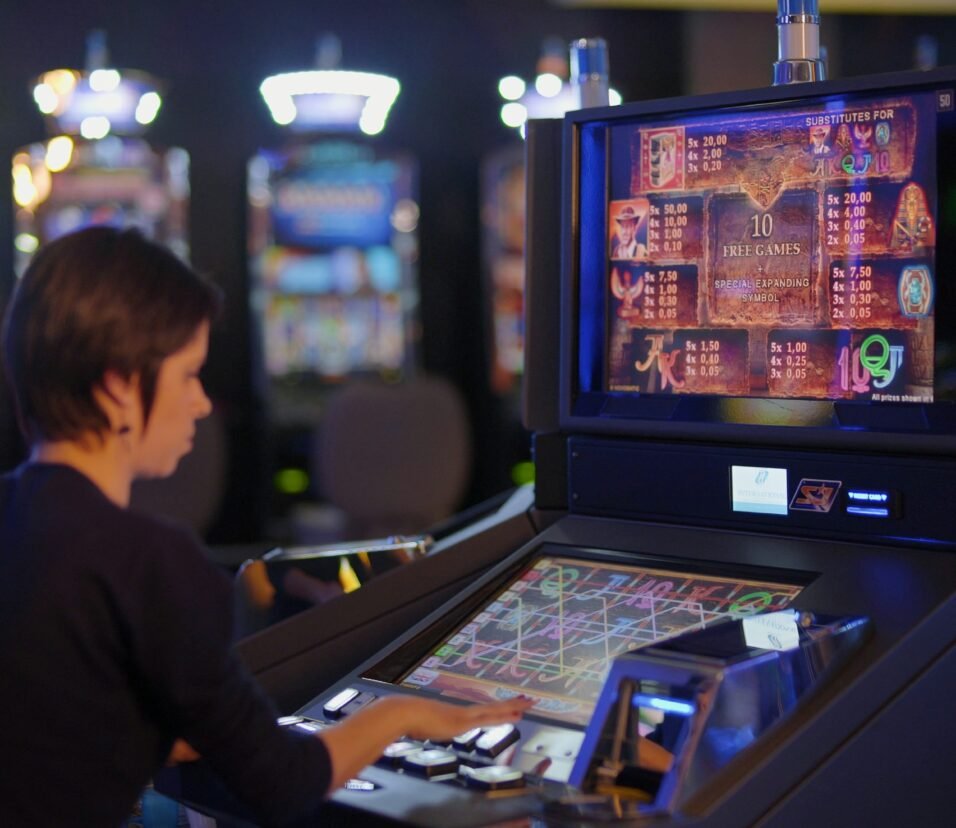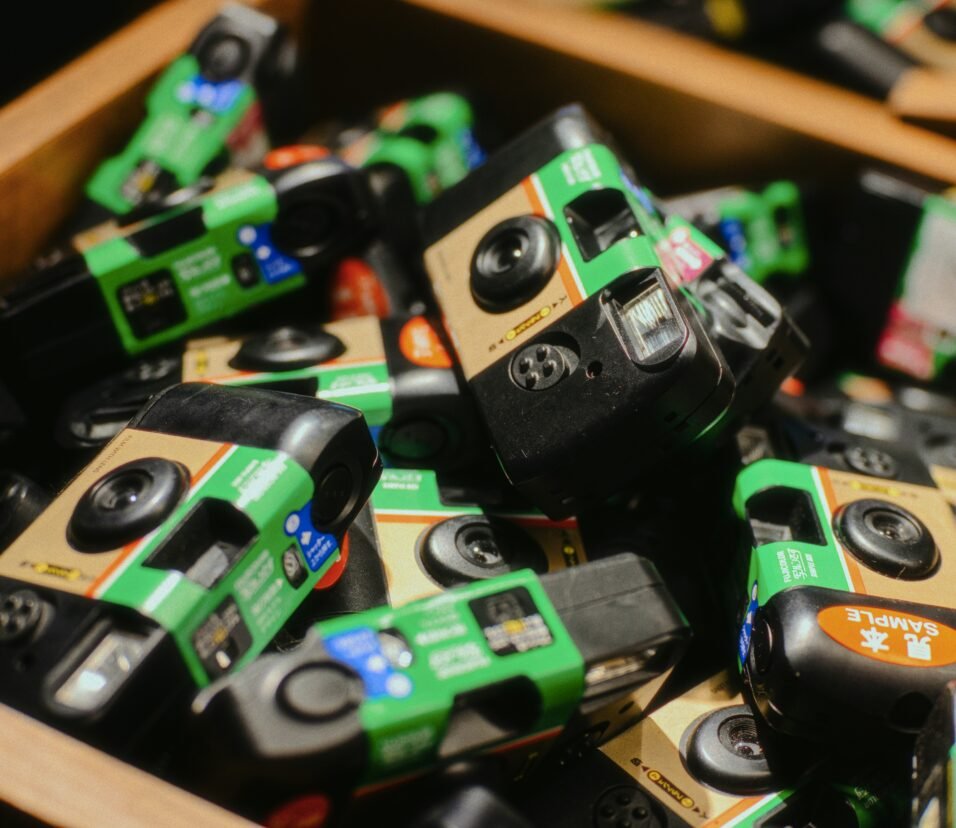Inclusive Design in Games: Why Representation Matters
When players see themselves reflected in the stories they play, games transcend entertainment—they become belonging, identity, and connection. In 2025, inclusive game design isn’t a niche—it’s a necessity.
🌍 What Is Inclusive Game Design?
Inclusive design in games means creating experiences that consider a broad spectrum of players, including differences in:
- Race and ethnicity
- Gender identity and expression
- Disability and neurodiversity
- Cultural background
- Body type, sexuality, and age
It goes beyond character creation—it’s embedded in the game mechanics, narrative, UI/UX, controls, and community tools.
👥 Why Representation in Games Matters
Games are one of the most immersive storytelling mediums. Seeing diverse characters, cultures, and perspectives:
| Impact | Why It Matters |
|---|---|
| ❤️ Emotional connection | Players feel validated and seen |
| 🧠 Empathy building | Games let us “walk in someone else’s shoes” |
| 📣 Cultural awareness | Introduces players to experiences outside their own |
| 👾 Broader reach | More inclusive games = wider, global audiences |
| 💪 Empowerment | Marginalized groups gain space in mainstream narratives |
🧠 Examples of Games Doing Inclusion Right
| Game | How It Represents |
|---|---|
| The Last of Us Part II | Strong LGBTQ+ and disabled character inclusion |
| Spider-Man: Miles Morales | Afro-Latino hero with culturally rooted storylines |
| Celeste | Trans protagonist; accessible design for neurodivergent players |
| Tell Me Why | First major game with a playable trans man protagonist |
| Forza Horizon 5 | Customizable prosthetics, nonbinary pronouns, inclusive settings |
| Baldur’s Gate 3 | Full freedom in gender, romance, and cultural customization |
These titles don’t treat diversity as a feature—they embed it as part of the world.
♿ Inclusive ≠ Just Representation
Accessibility is a core part of inclusive design:
- 🧏 Subtitles, sign language interpreters
- 🎮 Remappable controls and adaptive hardware
- 🧠 Colorblind modes, dyslexia-friendly fonts
- 🕹️ One-handed play options
- 🔊 Haptic/audio cues for low-vision players
✍️ Building Inclusive Games: Where It Starts
✅ 1. Diverse Development Teams
When the dev team reflects varied backgrounds, the game naturally includes more perspectives.
✅ 2. Cultural Consultants
Work with people from the communities you’re representing—not just about them.
✅ 3. Sensitivity Readers & Playtesters
Early access to stories, characters, and interactions for feedback on accuracy, tone, and impact.
✅ 4. Customization & Choice
Let players choose:
- Skin tones
- Body types
- Voice pitch
- Pronouns
- Hairstyles & cultural signifiers
✅ 5. Storytelling That Honors, Not Exploits
Avoid tokenism. Give diverse characters agency, arcs, and authenticity.
🧪 Common Pitfalls to Avoid
| Pitfall | Problem |
|---|---|
| 🎭 Stereotyping | Flattens identity into tropes |
| 🙅♂️ Tokenism | “Checking a box” without depth or care |
| 🧹 Erasure | Ignoring large communities or hiding inclusion |
| 🎮 One-Size Accessibility | Assuming one solution works for all players |
| 📉 Performative Inclusion | Marketing diversity without meaningful implementation |
📊 The Business Case for Inclusion
| Stat | Source |
|---|---|
| 67% of gamers say diversity in characters positively influences their purchase decision | EA Player Research |
| Games with diverse leads generate broader global engagement | GDC Trends Report |
| Accessible games increase long-term retention and loyalty | Xbox Inclusive Design Labs |
| Gen Z (40% of global players) demands authenticity and inclusivity | Deloitte 2025 Report |
🌎 Global Inclusion: It’s Not One Culture
True inclusivity also means:
- Translating UI and slang meaningfully
- Understanding regional cultural norms
- Avoiding religious, caste, or gender-based missteps
- Localizing humor, tone, and emotion
🔮 The Future of Inclusive Design in Gaming
- AI-Assisted Accessibility
Real-time subtitle translation, voice description, and interface adaptation. - Body Diversity in Avatars
Non-standard body types, prosthetics, scars, and age options. - Neurodivergent Design Modes
UI modes with sound/visual filters, task pacing, and focus guidance. - Cultural Story Platforms
Indie games powered by creators from underrepresented regions—funded and featured. - Global Inclusion Metrics
Studios publishing yearly “inclusion reports” with stats on characters, settings, and accessibility.








